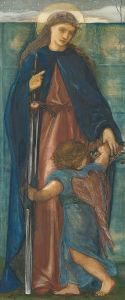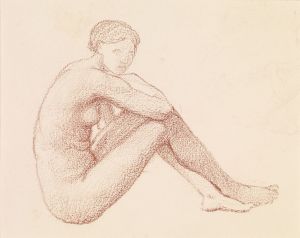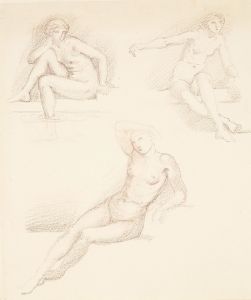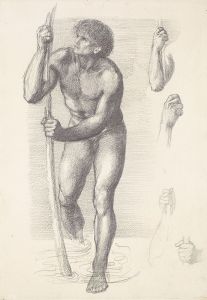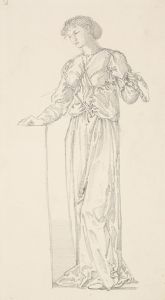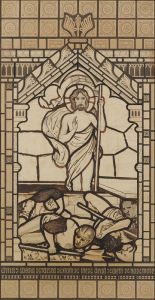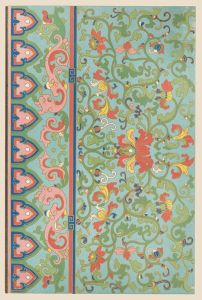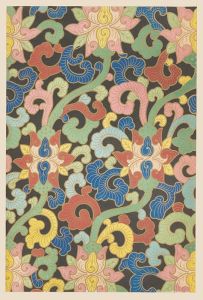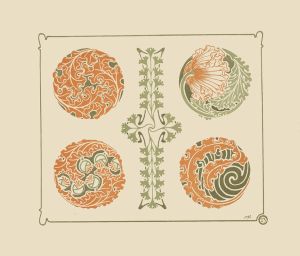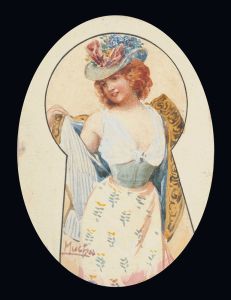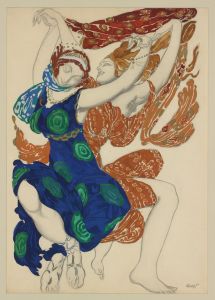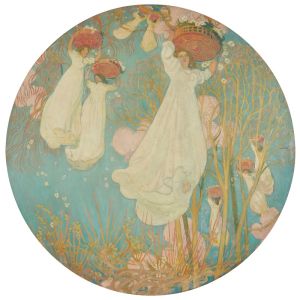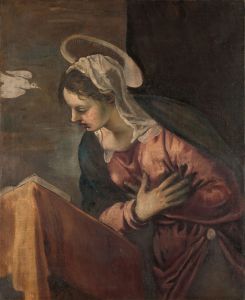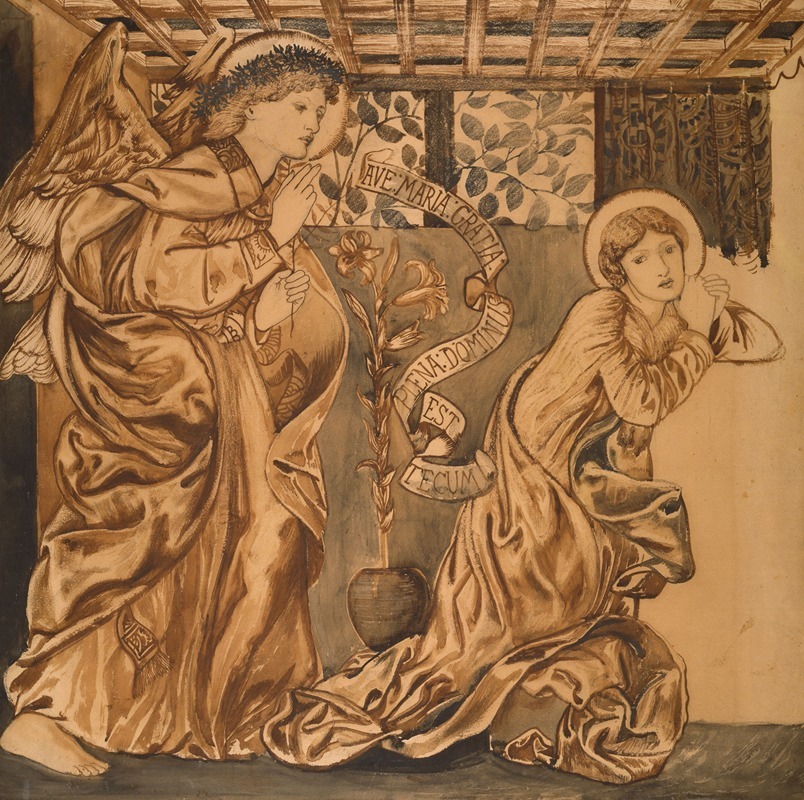
The Annunciation
A hand-painted replica of Sir Edward Coley Burne-Jones’s masterpiece The Annunciation, meticulously crafted by professional artists to capture the true essence of the original. Each piece is created with museum-quality canvas and rare mineral pigments, carefully painted by experienced artists with delicate brushstrokes and rich, layered colors to perfectly recreate the texture of the original artwork. Unlike machine-printed reproductions, this hand-painted version brings the painting to life, infused with the artist’s emotions and skill in every stroke. Whether for personal collection or home decoration, it instantly elevates the artistic atmosphere of any space.
"The Annunciation" is a painting by the British artist Sir Edward Coley Burne-Jones, a prominent figure in the Pre-Raphaelite Brotherhood, an art movement that emerged in the mid-19th century. This movement sought to return to the detail, intense colors, and complex compositions of Quattrocento Italian art. Burne-Jones, known for his romantic and mythological subjects, was a key figure in this movement, and his works often reflect a deep interest in medieval themes and classical mythology.
"The Annunciation" depicts the biblical scene of the Angel Gabriel announcing to the Virgin Mary that she will conceive and become the mother of Jesus, the Son of God. This subject has been a popular theme in Christian art for centuries, and Burne-Jones's interpretation is noted for its ethereal beauty and attention to detail. The painting captures the moment of divine revelation with a sense of grace and serenity, characteristic of Burne-Jones's style.
In Burne-Jones's rendition, the figures are elongated and elegant, a hallmark of his work, which often emphasized idealized beauty. The angel Gabriel is portrayed with delicate wings and a flowing robe, approaching Mary with a gesture of blessing. Mary, depicted with a calm and contemplative expression, is often shown in a humble setting, emphasizing her purity and humility. The use of soft, muted colors and intricate patterns in the background adds to the painting's otherworldly atmosphere.
Burne-Jones's "The Annunciation" reflects his interest in the spiritual and the mystical, common themes in his oeuvre. His work often blurs the lines between the earthly and the divine, inviting viewers to contemplate the mysteries of faith and the beauty of the divine. This painting is no exception, as it captures a moment of profound spiritual significance with a sense of reverence and awe.
The painting is also notable for its composition and use of space. Burne-Jones often employed a flattened perspective, drawing inspiration from medieval and early Renaissance art. This approach can be seen in "The Annunciation," where the figures are set against a richly decorated background that lacks the depth and perspective typical of later Renaissance works. This stylistic choice enhances the painting's dreamlike quality, drawing the viewer into a world that feels both timeless and transcendent.
Burne-Jones's work was highly influential in the late 19th and early 20th centuries, and his paintings, including "The Annunciation," continue to be celebrated for their beauty and craftsmanship. His contributions to the Pre-Raphaelite movement and his unique artistic vision have left a lasting legacy in the world of art.
"The Annunciation" by Sir Edward Coley Burne-Jones remains an important example of Pre-Raphaelite art, showcasing the movement's ideals and Burne-Jones's distinctive style. It is a testament to his skill as an artist and his ability to convey complex spiritual themes through his work. The painting continues to be admired for its aesthetic qualities and its ability to evoke a sense of wonder and contemplation.





